
The Cushicle and Suitaloon can be generalized as component dwellings that can be mass-produced, are prefabricated and expendable as well as portable and compact. However, these qualities that colour and bring life to Mike Webb’s 1966 concept definitely extend far beyond this one work. Many of Archigram’s earlier projects betray some or many of these same ideas and quite possibly played an important role in the creation of the Cushicle and Suitaloon.
The earliest appearance of prefab housing actually predates Archigram. In the last stages of World War II several prefab house types with ‘clip-on’ or ‘plug-in’ elements started appearing on the market, the most prominent of which were the ARCON MARK V and the AIROH 5400. This was in response to the severe shortage of housing in Britain as much of the infrastructure was being rapidly demolished by bombs. This was an important catalyst for the mass-produced prefab systems boom that would appear in the following 3 decades.
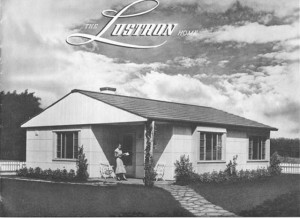
Archigram began centering in on the idea of the ‘capsule’ in 1964, inspired largely by the space capsule. These are prefabricated living units that have limited functions by itself but can be plugged into a larger structure to be connected with other capsules. They are “a series of very sophisticated and highly designed elements locked together within a ‘box’” (A Guide to Archigram 1961-74, Archigram Archives, pp 154). The idea was used in Archigram’s major 1964 project, Plug-In City, where small residential units (the capsules) could be plugged into a massive computer controlled megastructure. This megastructure would contain essential services like transportation and they would all be movable by giant cranes.
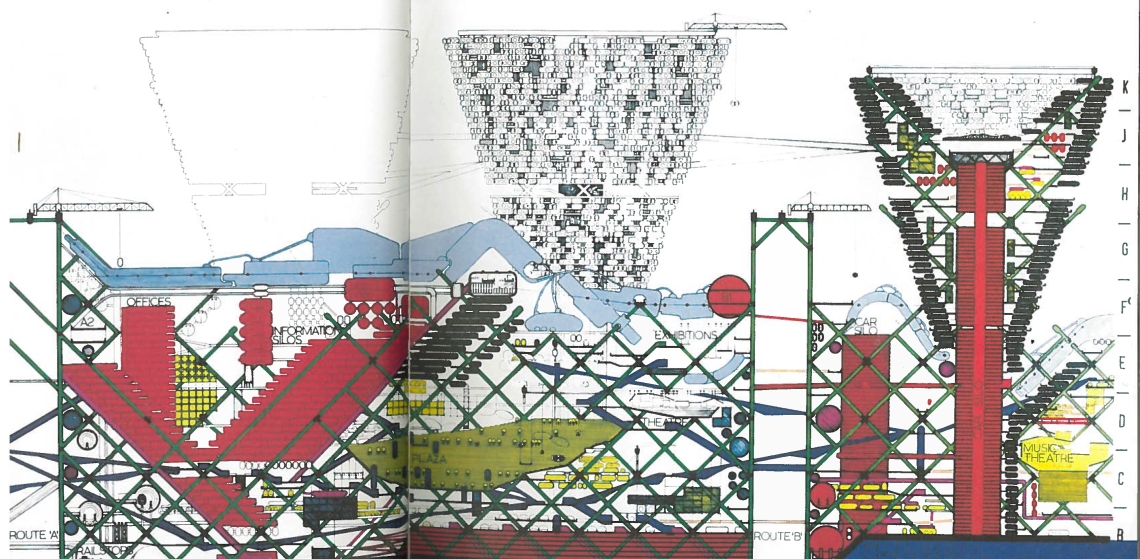

In the same year, Archigram also published the Walking City by Ron Herron, which incorporates many of the same ideas as the plug in city however in addition to ideas of prefab ‘plug-in’ dwellings it, like the Cushicle and Suitaloon, also explored nomadic ideas of portability and interurban transportation. In this concept, prefabricated apartments are installed onto a larger skeletal frame in whose legs would enable it to walk from place to place and plug into utilities and information networks at different locations to satisfy the lifestyles of the people living in them.
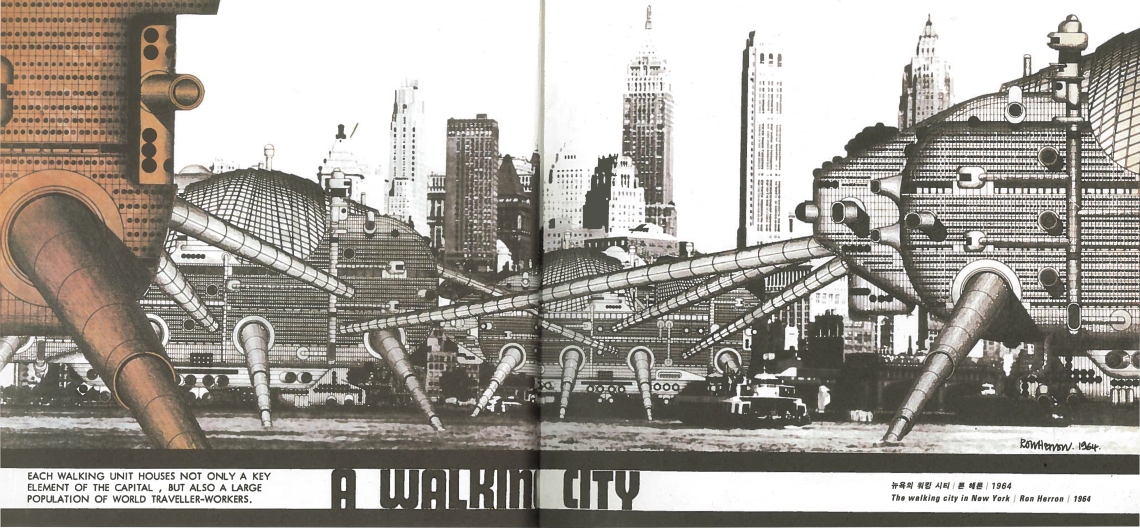
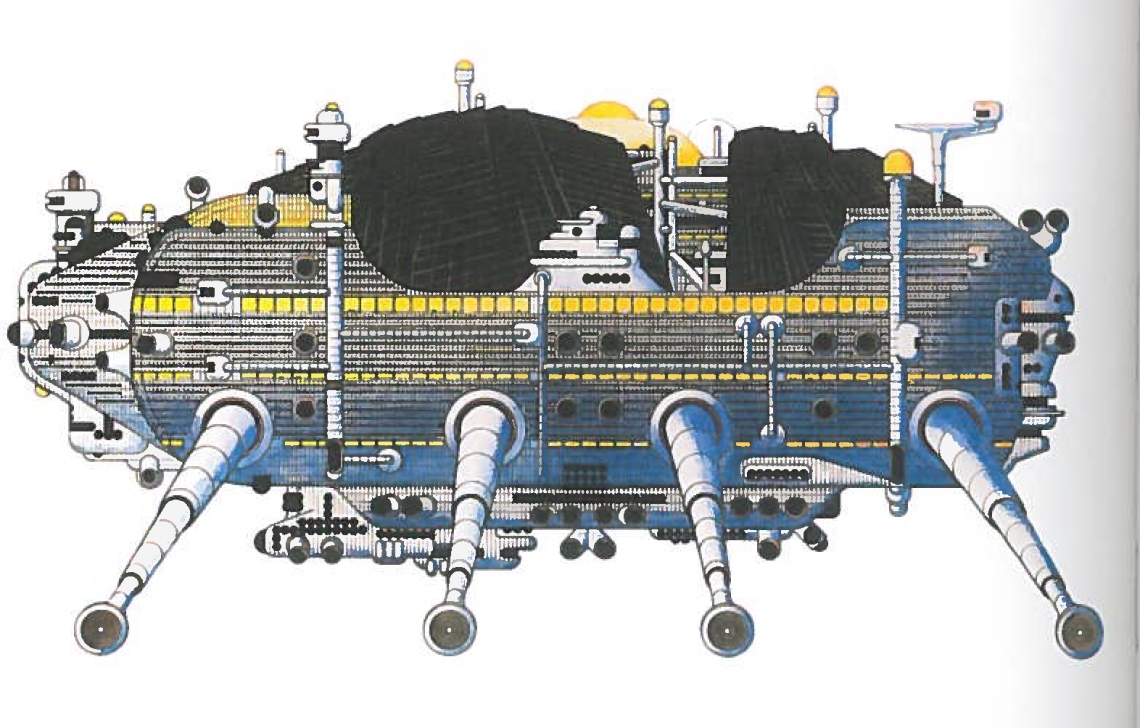
In 1965 Ron Herron and Warren Chalk collaborated on Gasket Homes, which “uses a series of plastic strip profiles of different patterns that can be built up into an almost infinite series of enclosures” (Archigram Archives, pp 156). The difference between this work and the previous works is that each capsule is now much more independent of each other and the megastructure even though they still hang within a megastructures framework.

This made way for the Living Pod by David Greene which is, in some respects, the Cushicle’s closest ancestor. It is essentially a highly designed and mechanized trailer home that can sit in the open landscape independently or be plugged into some sort of larger structure. It has 2 parts, a living-pod and attached machines. The machinery consists of all the necessary machinery (laundry, heating, cooking) required for living as well as 4 legs that allow the house to move with the person living in it. However, whereas the Cushicle was envisioned to be a car-like mechanism (stream-lined and compact) the Living Pod was still very much a ‘house’.

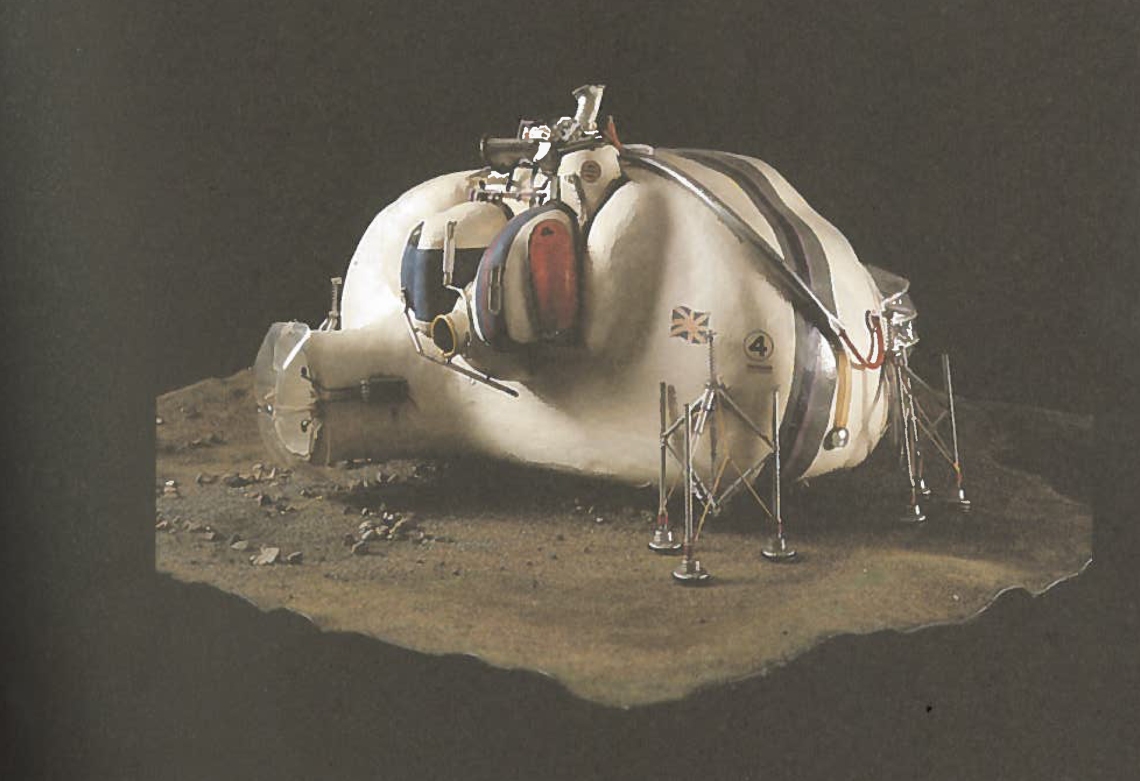
“With apologies to the master; the house is an appliance for carrying with you, the city is a machine for plugging into” – David Greene
– Weeney

